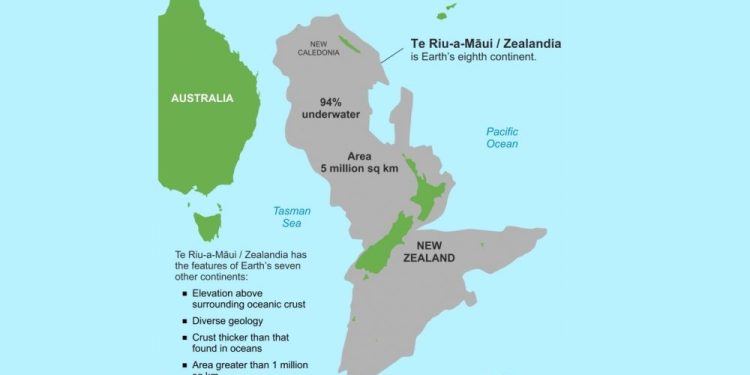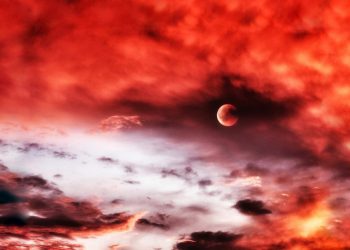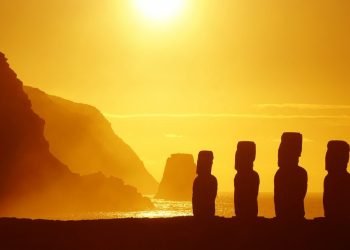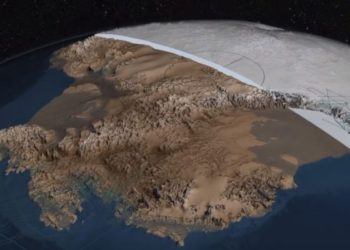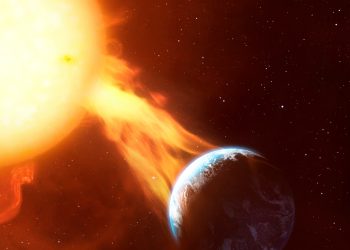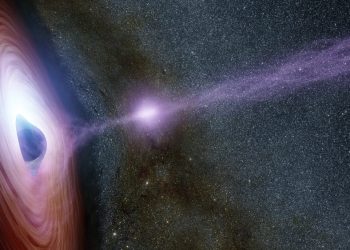There’s a sunken continent off the coast of Australia; its name is Zealandia. You probably never heard about it, but its Earth’s eighth continent and its highest mountains are, in fact, the countries of New Zealand and New Caledonia. Around 94% of Zealandia is beneath the water, and experts have been studying the continent for years.
Only now have we obtained detailed maps of the sunken continent.
Zealandia, a sunken continent of around 5 million square kilometers, can now be explored through interactive maps. Although referred to as Zealandia in modern times, the long-lost sunken continent is known in the indigenous Māori language as Te Riu-a-Māui. The name Zealandia was coined by geophysicist Bruce Lauyendyk in 1995.
Published by GNS Science, two charts and an interactive exploration tool cover the bathymetry (shape of the ocean floor) and the tectonic origins of the eighth continent of Earth. Zealandia is home to the countries of New Zealand and New Caledonia. The massive continent was swallowed by the pacific ocean around 60 million years ago, remaining mostly underwater ever since.
“These maps are a scientific reference point, but they are also more than that. They are a way to communicate our work to our colleagues, stakeholders, educators, and the public,” says the maps’ lead author, geologist Nick Mortimer.
The new, never-before-seen maps can now be accessed through an interactive website, where people can explore the eight continent’s tectonic profile, as well as its exact shape, and the depth of the ocean floor that encompasses it.
The maps of Zealandia provide a refreshing context through which experts have managed to explain the geology of the continent.
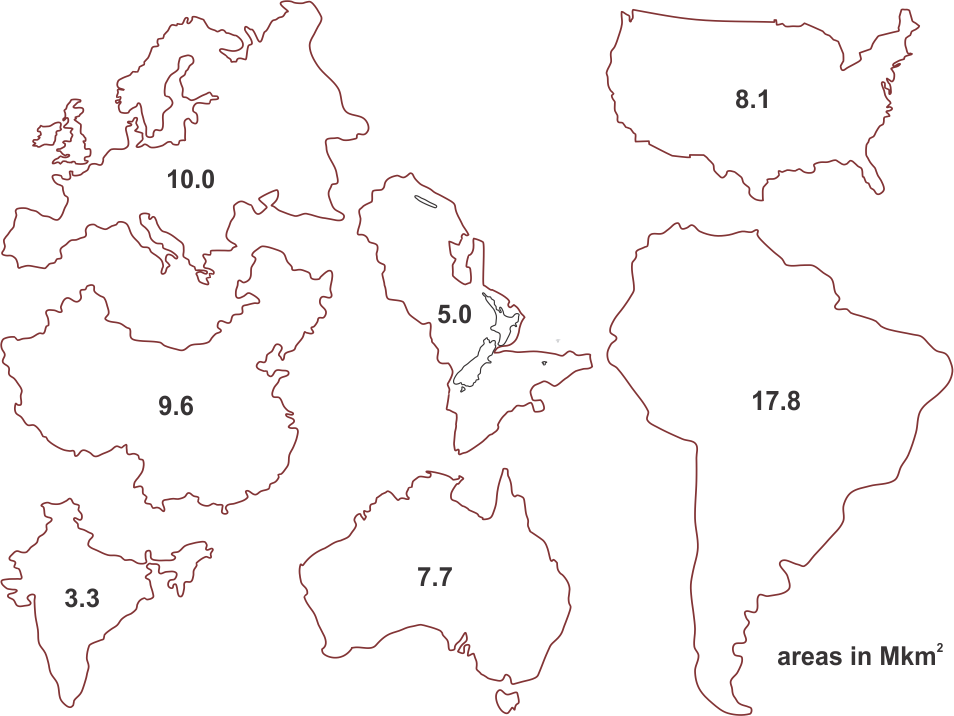
“The maps offer descriptions of New Zealand’s volcanoes, plate boundary and sedimentary basins,” Mortimer said.
The recently published maps of Zealandia are actually part of a global effort to map the entire seafloor of the planet by 2030. The project, called Seabed 2030, has already mapped nearly a fifth of the world’s ocean floor.
Zealandia was discovered in the 1990s, but only now have experts managed to explore the sunken contention and publish its geological profile. Despite this, and due to its Atlantean geography, the sunken continent remains poorly studied compared to Earth’s other seven continents.
“We’ve made these maps to provide an accurate, complete, and up-to-date picture of the geology of the New Zealand and southwest Pacific area — better than we have had before,” Mortimer explained.
Zealandia, the now sunken continent, was once above the surface entirely. It was part of the supercontinent of Gondwana which held together the continents of South America, Africa, and Antarctica. Around 85 million years ago, changes in Earth’s crust and tectonic plates caused the continent to split off from Gondwana.
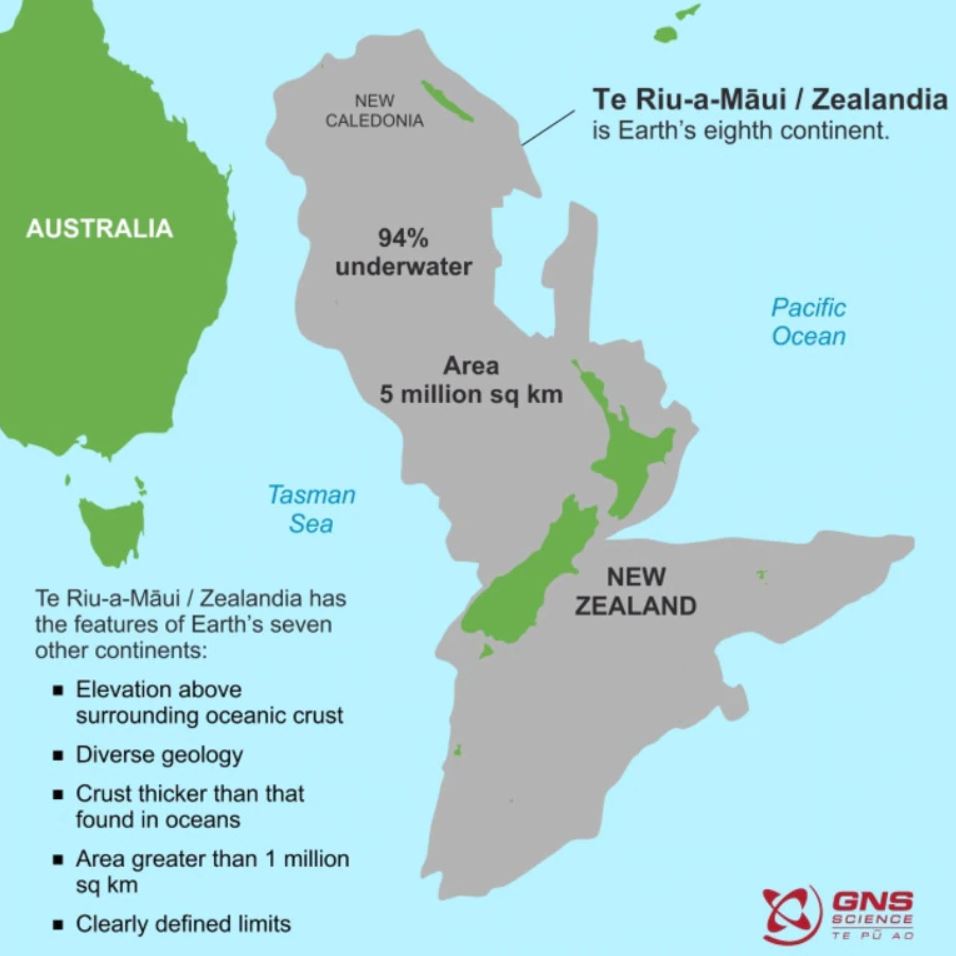
It drifted from Gondwana, shifting its landmass along the way. Millions of years ago, Zealandia’s lush forest and river systems were home to countless dinosaurs who walked its surfaces.
Then, tens of millions of years later, the world’s tectonic place started rearranging themselves, causing drastic changes in Zealandia.
These geological changes created the Pacific Ring of Fire, a region on Earth where we find the most active volcanoes on the planet. During this time, the Pacific plate is also thought to have sunk below the continental crust of Zealandia. This created a chain of events that caused the root of the continent to split and sink.
Eventually, around 94 percent of Zealandia sank. But some parts survived, and have remained above the surface for tens of millions of years. Most of Zealandia is now New Zealand, and the continent’s highest point is Aoraki–Mount Cook at 3,724 meters (12,218 feet) above sea level.



